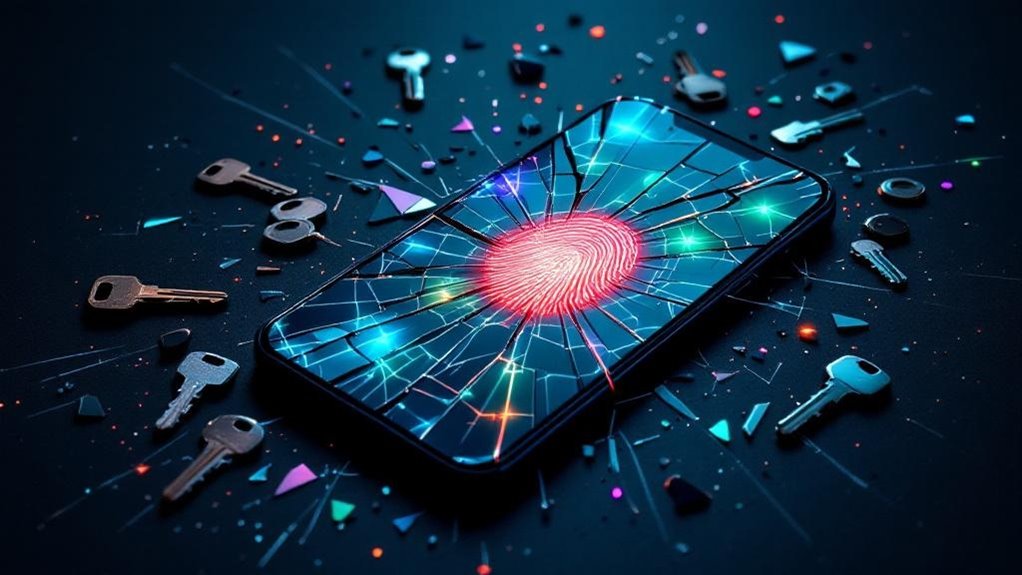MemeCoinCook.com serves up spicy crypto memes and info for entertainment only—this ain’t financial, investment, legal, or professional advice! Whipped up with AI flair, our content might have some half-baked bits, so DYOR before you dive into the crypto pot. NFA, folks—we’re just tossing out ideas, not guarantees. We make no claims about the accuracy, legality, or tastiness of our posts. Sip our content at your own risk! Check our Terms of Use for the full recipe.

Vitalik Buterin: Why a Single Digital ID Could Be a Dangerous Mistake
While most people scroll through social media without thinking twice about their digital footprint, Ethereum co-founder Crucial Buterin warns that the future of online identity could become a privacy nightmare. His concern centers on proposals for single digital ID systems that could fundamentally change how we exist online.
The problem with having just one digital identity might seem counterintuitive at first. After all, wouldn’t it be convenient to have one ID for everything? But Buterin points out that this convenience comes with serious risks. Even advanced systems using zero-knowledge proofs can leak privacy despite their fancy cryptographic methods. Users might face coercion to reveal their identity, and maintaining separate online personas becomes impossible when everything links back to one ID.
Think of it like being forced to wear the same name tag everywhere you go. Your gaming profile, professional LinkedIn, and anonymous Reddit account would all connect to the same identity. This isn’t just inconvenient; it’s dangerous. Government agencies and employers could easily track all your activities across platforms. The ability to maintain pseudonymity, a cornerstone of internet culture since its beginning, would effectively disappear.
Buterin’s criticism extends particularly to biometric systems like iris-scanning IDs proposed by projects such as Worldcoin. Once your physical traits are permanently linked to your digital identity, there’s no going back. If that data gets compromised, you can’t exactly change your iris like you’d change a password. The rise of sophisticated deepfakes makes this even more concerning, as traditional verification methods become increasingly vulnerable to AI-generated imposters who can mimic both appearance and voice.
Instead, Buterin advocates for pluralistic identity systems where multiple providers coexist. This approach resembles having different keys for different doors rather than one master key for everything. Some systems might verify through social connections, others through government documents, creating a more flexible and inclusive ecosystem. He suggests merging one-per-person identity schemes with social-graph systems to create more robust alternatives.
The financial aspect matters too. Systems requiring “proof of wealth” to prevent fake accounts exclude those who can’t afford verification fees. Buterin suggests mechanisms where creating multiple identities becomes exponentially expensive, deterring mass creation without discriminating against the less wealthy.
His vision balances privacy, inclusivity, and security by distributing authority rather than concentrating it. In a world increasingly dependent on digital interaction, preserving the option for multiple identities isn’t just about privacy—it’s about maintaining fundamental freedoms online.



